
- My baby is 11 months. When should I start introducing table food, and how do I go about doing that?
Soft foods that are easy to chew with your gums and break up easily. Think pancakes, scrambled eggs, mashed potatoes, meatballs. This is our favorite recipe for easy kale pancakes. Try vegetables which cook up nice and soft, like cauliflower, butternut squash, and sweet potato and serve them cut in small pieces. Short pasta and cooked beans work well too and help baby learn to pick things up using a pincer grip. Soft, fresh fruits such as mango, berries, banana, peaches, and avocado are also favorite finger foods.
- What does a feeding schedule look like for a 10-12 month old? Times, food, types, bottles, etc?
At this point, you want to strive for about half of your baby’s daily calories coming from breast milk or formula and about half coming from solid foods. A sample schedule could look like:
Morning: Breakfast Feed or Bottle (4-6oz)
Breakfast: ¼-⅓ cup vegetables, fruits, whole grains, protein (ex. Baby oatmeal with fruit, like Amara Oats n’ Berries)
Snack: a little cottage cheese or applesauce (We like Amara Applesauce with Maqui Berry)
Afternoon: Lunch Feed or Bottle (4-6oz)
Lunch: ½ cup vegetables, fruits, proteins, whole grains (Try Amara’s Peas, Corn and Carrots spread on whole grain toast)
Snack: mini muffin or whole grain cereal, or fresh fruit/veg
Evening: Dinner Feed or Bottle (6-8oz)
Dinner: ½ cup vegetable, protein, whole grains (Ex. pasta with steamed vegetables and chicken)
- Should I be giving my baby water?
From 6 months on, you could offer small amounts of water to baby, but liquid intake should overwhelmingly be from breastmilk and formula until one year of age. The baby’s tummy is very small and can easily fill up on water, not leaving enough space for essential breast milk or formula. At around 10 months of age, baby could practice drinking from a cup or sippy cup with small amounts of water. A baby should never be given juice or sweetened beverages, so if something besides breast milk or formula is given, it should be water.
- My LO has been eating liquidy purees for the past few weeks, but now I am so scared to try more textures. What should I try next? Help please!
Knowing when to move baby on to more textured foods can be a bit anxiety-producing. Understanding the “stages” may be helpful as you introduce new foods.
STAGE ONE: this stage is single ingredient purees that are usually really thin in consistency. They are meant for when you're in the early days of introducing foods, offering one ingredie, so you're introducing your baby to one new food at a time. This stage is often very short and will start when your baby is learning to swallow.
STAGE TWO: this stage is more textured purees that have more ingredient combinations. If you make your purees at home, this is the rich texture you often find. This stage is where most of baby’s time is spent exploring solids.
STAGE THREE: more chunky purees, this stage usually has several ingredients and bigger pieces. This stage is designed to help your baby learn how to chew. It's the last stage you often go through before going to table foods (hello big kid!).
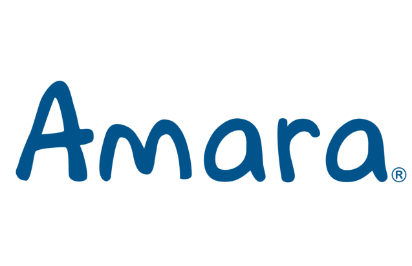
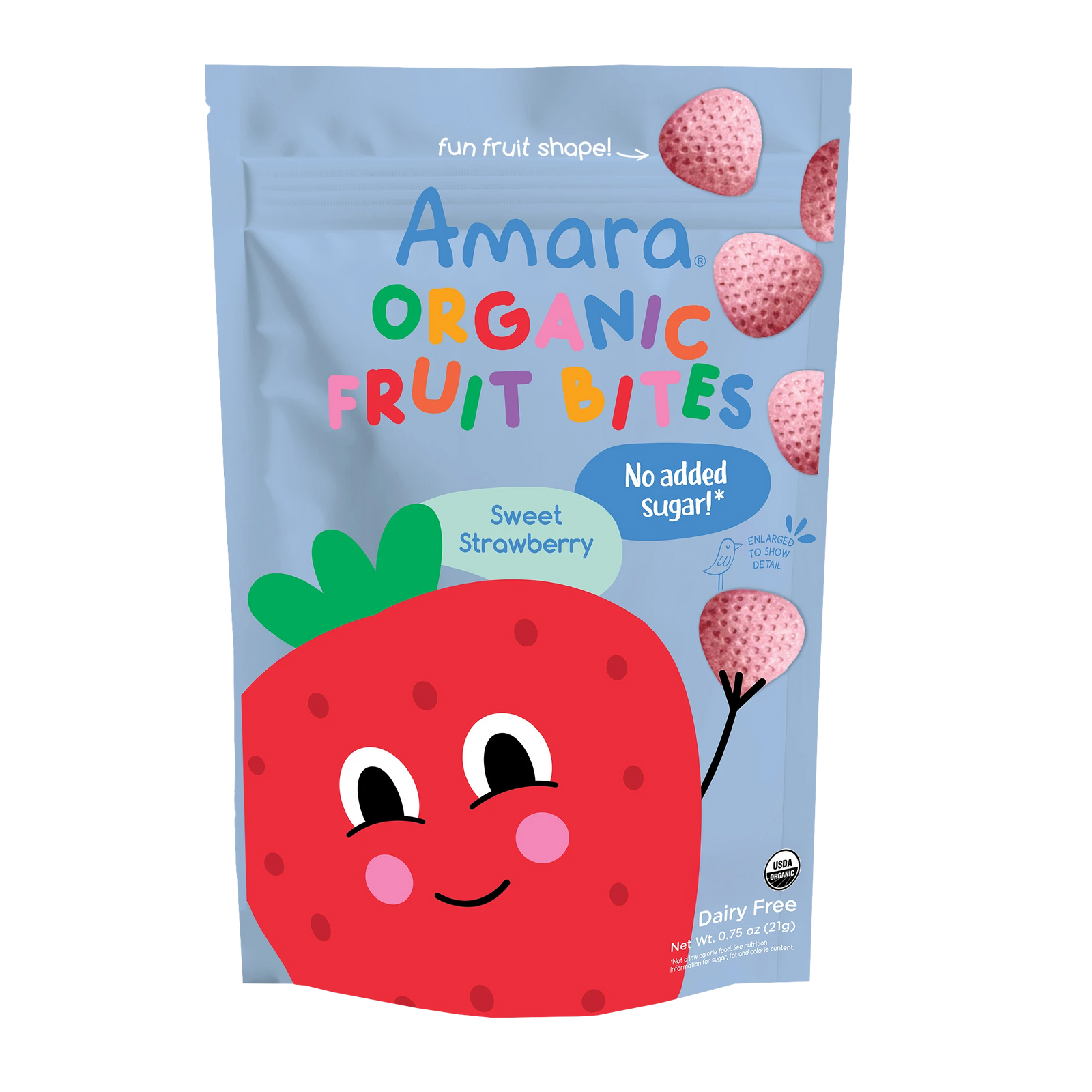



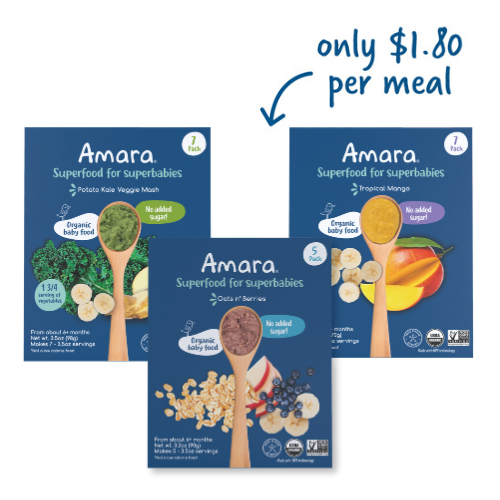
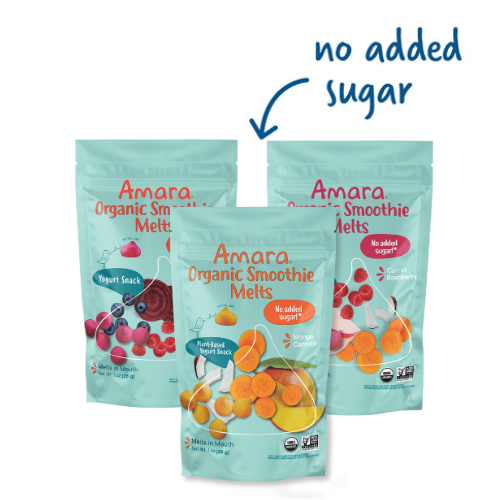
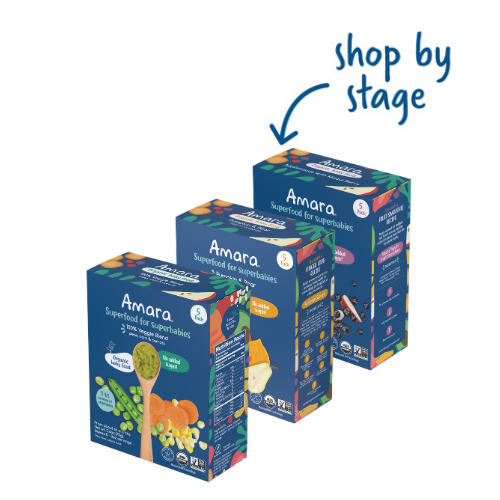
Leave A Comment